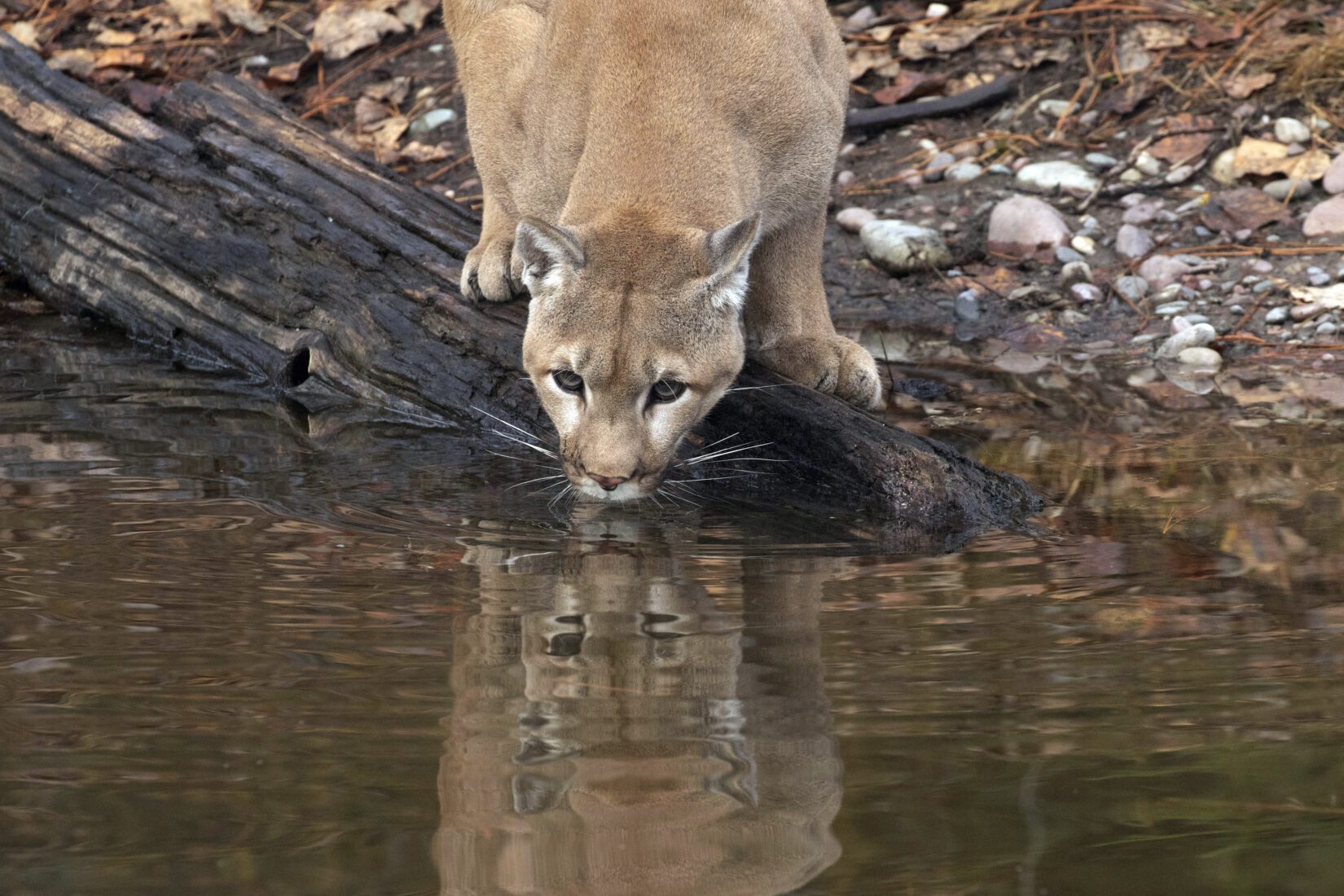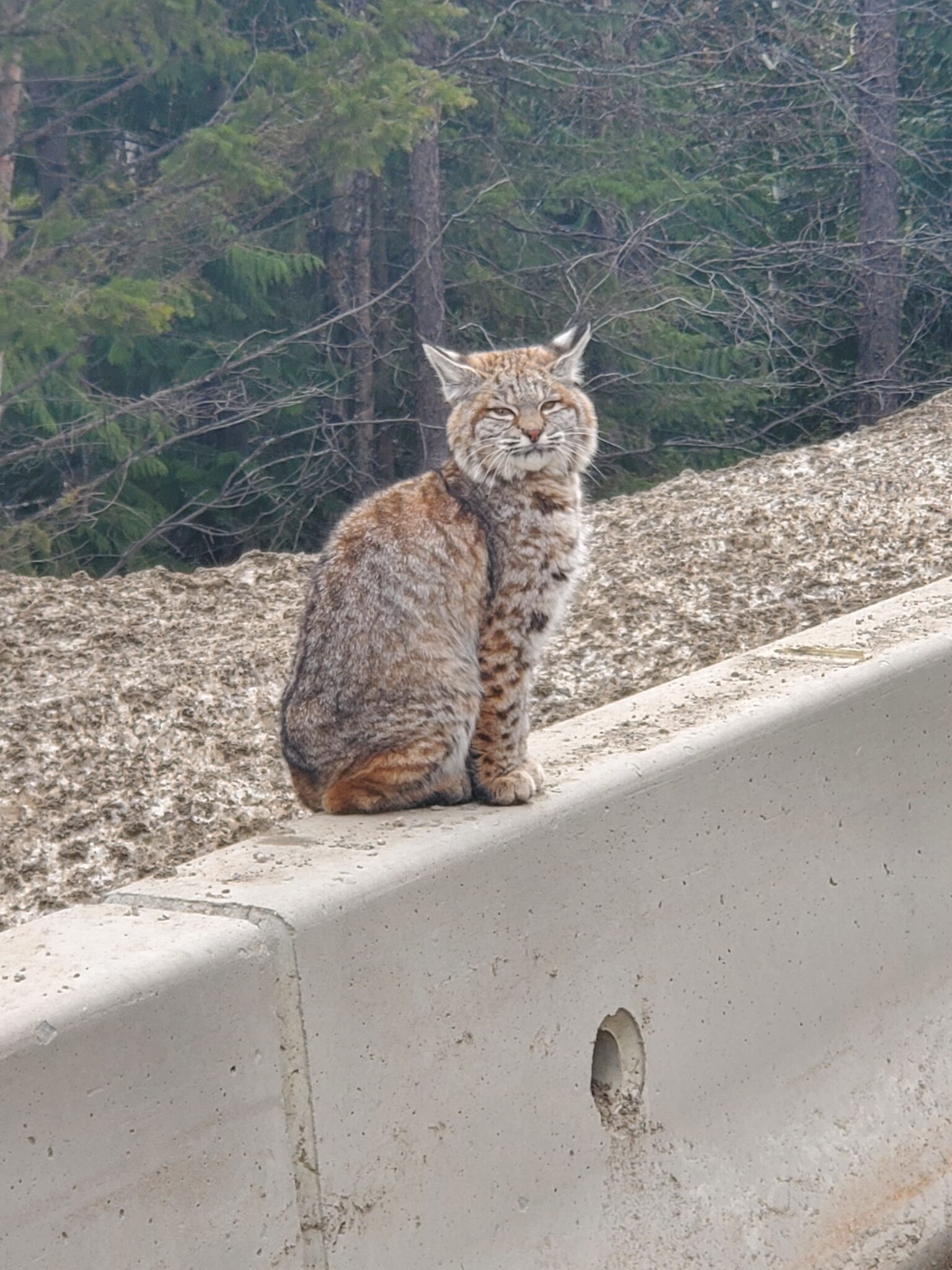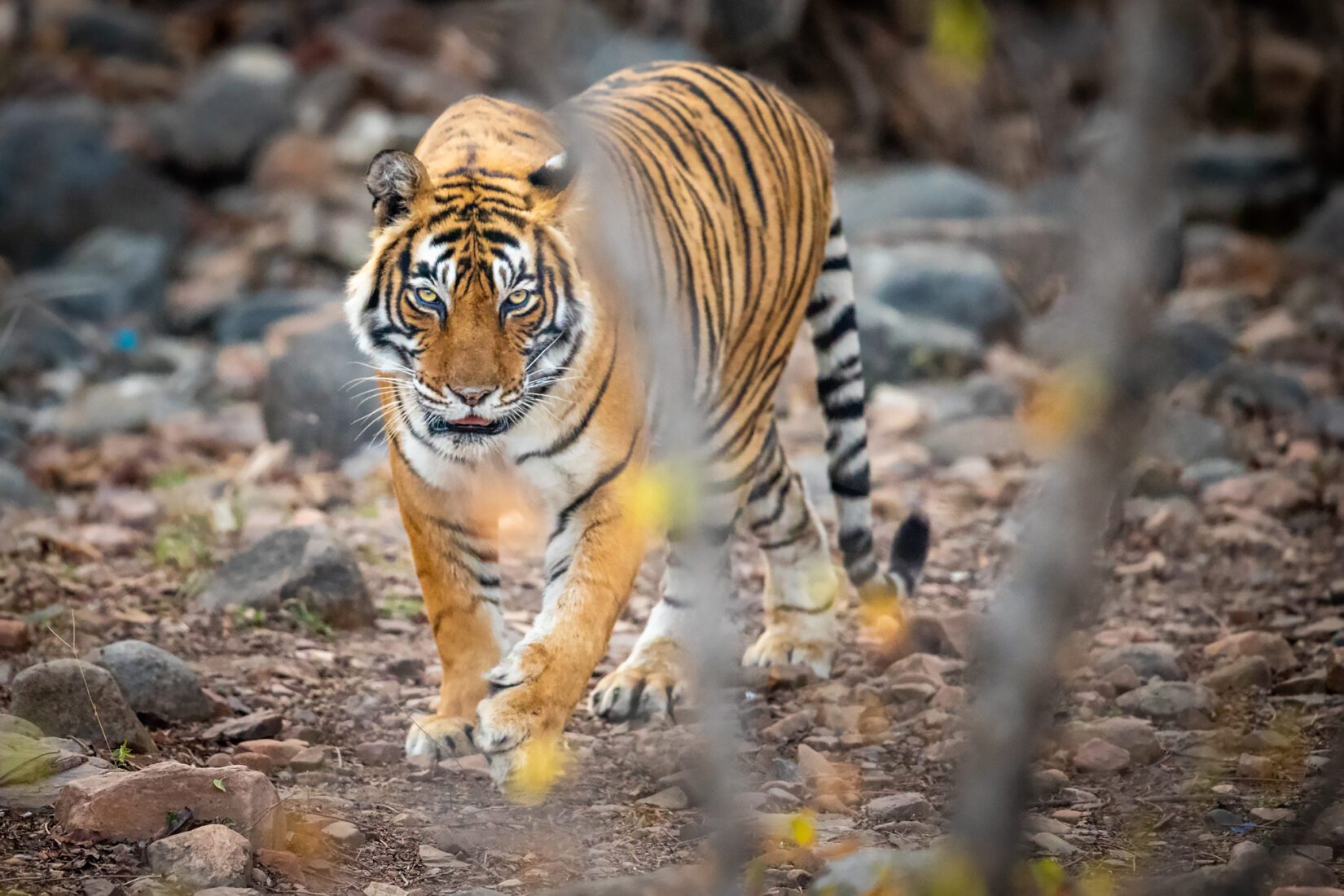February 1, 2022, marks the start of this Lunar New Year. A centuries old tradition, the Lunar New Year is celebrated in many countries across Asia and around the world. In Chinese culture, each year in the 12 year lunar cycle is represented by a different animal and – according to the Chinese zodiac – 2022 is the Year of the Tiger.
The tiger is the third of the 12 animals in the Chinese zodiac, decided according to legend in a Great Race to decide the order of the zodiacs. When tiger climbed out of the river, thinking he was first, he was informed that rat placed first for his cunning, and ox place second for her diligence, leaving the tiger in third place.

The tiger is seen to represent vigor, ambition, strength, and courage. People born in tiger years are said to hold these traits, in addition to self-confidence, enthusiasm, generosity, justice, and passion for helping others.
Although there are no wild tigers in B.C., our province is home to three wild cat species. Learn more about these animals below, and, how you can help to make sure big cats are respected and protected all over the world.
Cougar
Cougars are one of the most wide-ranging animals in the Western Hemisphere. They go by many names, but did you know they’re all the same animal? You’ve probably heard “cougar” and “mountain lion” before, but they are also called puma, catamount, panther, and even painter.

Cougars are spread widely in B.C., but sparsely, because they need a large home territory. They are generally very secretive and rarely seen. They are most active during the night or around dawn and dusk, but you may also see them during the day on rare occasions. They usually hunt ungulates, like deer, but will also hunt rodents and insects.
Cougars are the fourth-largest wild cat in the world. Despite their big size, they’re more closely related to domestic cats than most other species of wild cat. Although they are skilled predators, cougar attacks are rare, and they prefer to avoid people when they can. Learn what to do if you see a cougar.
Bobcat
Bobcats are medium-sized wild cats that can be found throughout southern Canada, and as far south as Mexico. They are just one of many species of lynx in the world. These stealthy hunters are seldom-seen, and often hunt their prey – rabbits, hares, and sometimes birds, small rodents, or even deer – at night.

Bobcats are amazingly adaptable creatures. Their tracks can often be spotted from dense forests, to tall, snowy mountains, and even to more urban areas.
Ever wondered if you’re looking at a cat track or a dog’s? One quick trick is to look for claw marks – cats can retract their claws when they walk, so their paw prints won’t have claw marks the way dogs, coyotes, and wolves do.
Lynx
In Canada, we mostly just call this wild cat a “Lynx”. However, the Canadian Lynx is just one of many species of lynx in the world, including bobcats! Lynx are certainly the most secretive of B.C.’s big cats, making their homes only in dense forests. They are particularly sensitive to human disturbance, so they are most abundant in undisturbed and remote areas of the province.
Although similar by weight, the lynx has much longer legs and larger paws than a bobcat. They have broad paws, long ear-tufts, a short, black tail, and a thick coat of fur. In deep snow, bobcats leave deep draglines, but lynx can actually walk on top of the snow while sinking very little. This helps them hunt their main prey – snowshoe hares.

Wildlife tourism
Experiences with wild, exotic or endangered animals seem exciting, but you may put animals at risk with shopping, eating and recreational activities. Tigers are wild animals – avoid activities that allow you to take photos with tigers. Adult tigers and their cubs will often be drugged to make this possible. The animals are kept in captivity, and bred regularly to make sure there’s always cubs available for a “cute” picture.
Even travel giant TripAdvisor, has banned activities that allow touching wild animals. Their “no touching of wild animals” policy includes banning ticket sales for activities like elephant rides, petting tigers and swimming with dolphins. The BC SPCA supports this policy because it helps raise awareness about the cruel and abusive practices involved, and lack of standards or regulations.

The BC SPCA is opposed to keeping wild and exotic animals in captivity, unless the Five Freedoms can be met. This is nearly impossible for big wild cats like tigers – they have large home ranges and need complex environments and social interactions.
The best way to see a tiger is in the wild. Look for companies that promote responsible interactions with tigers in their natural habitat – from a distance. Learn more about responsible wildlife tourism.
